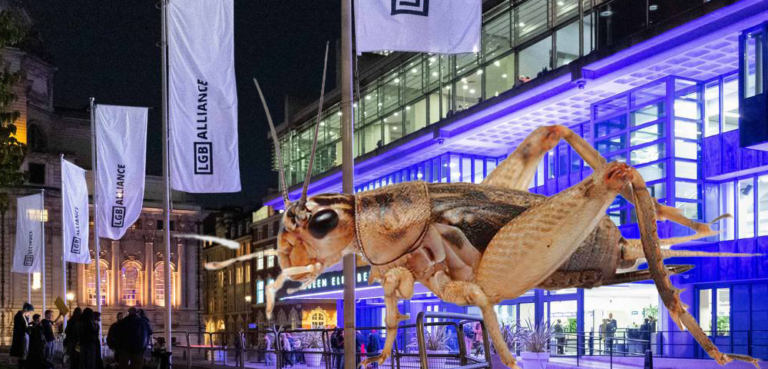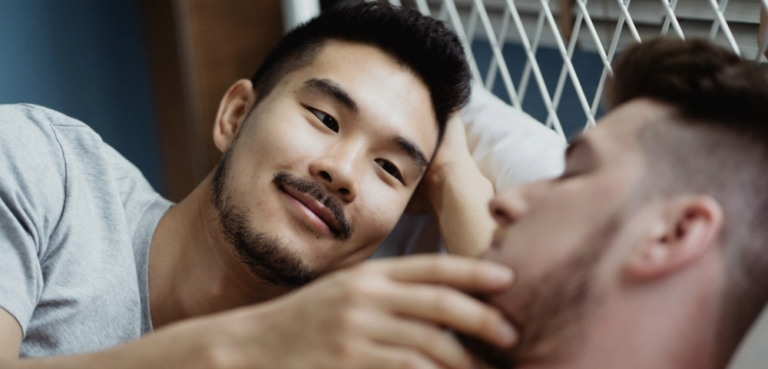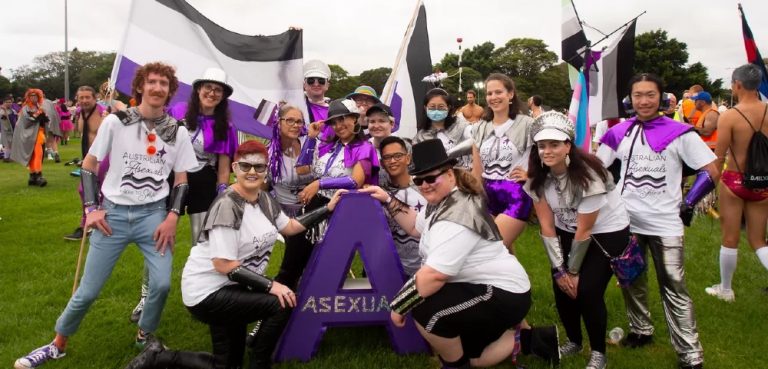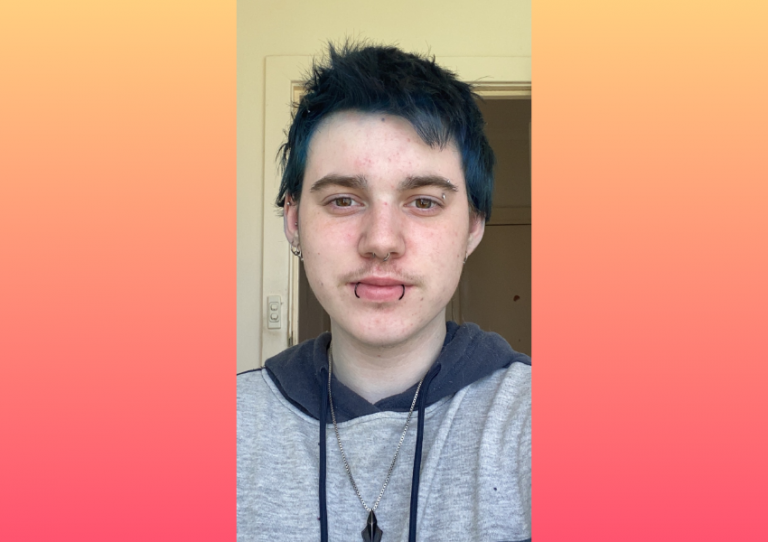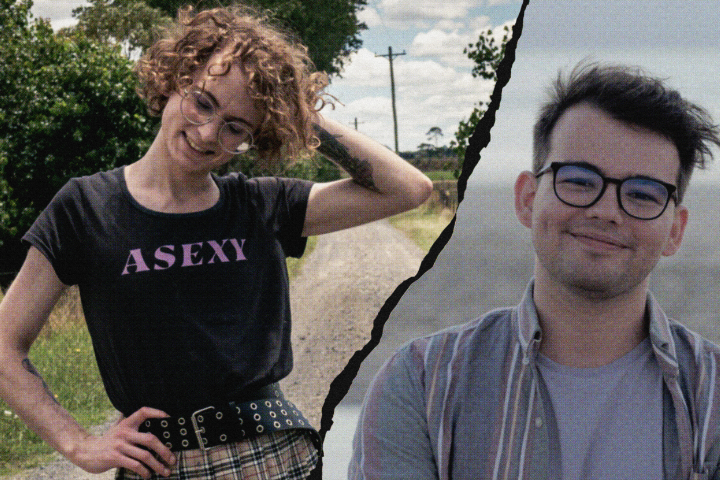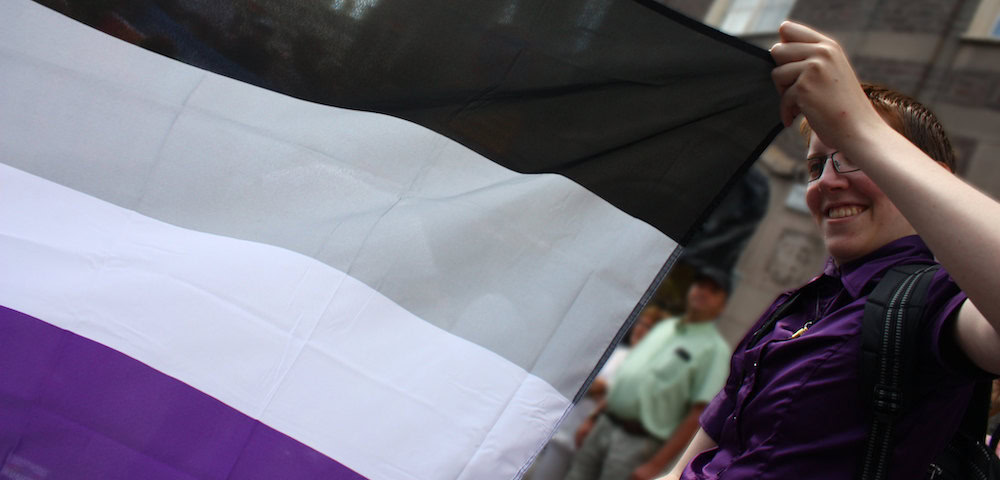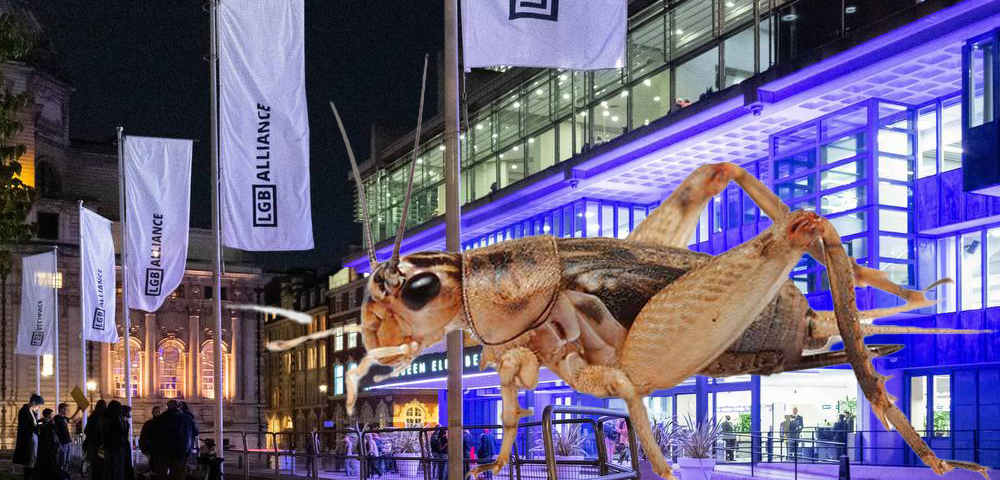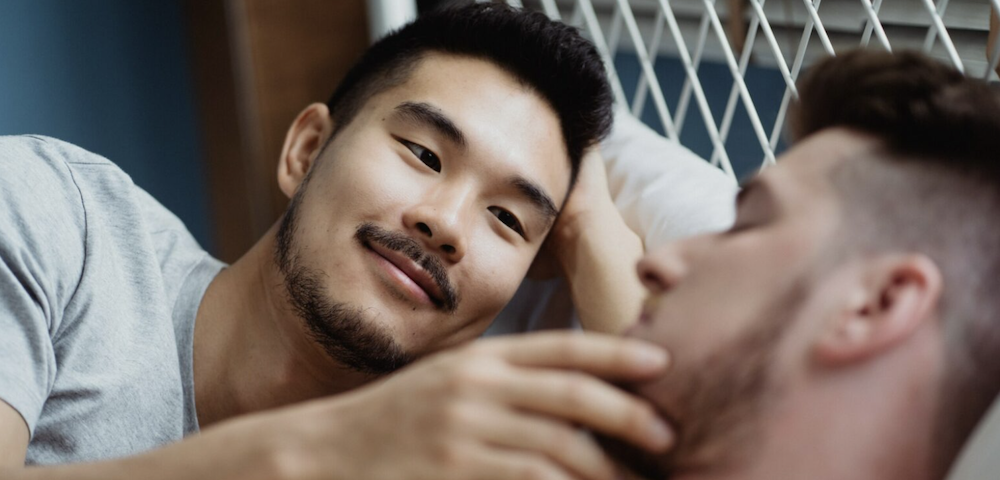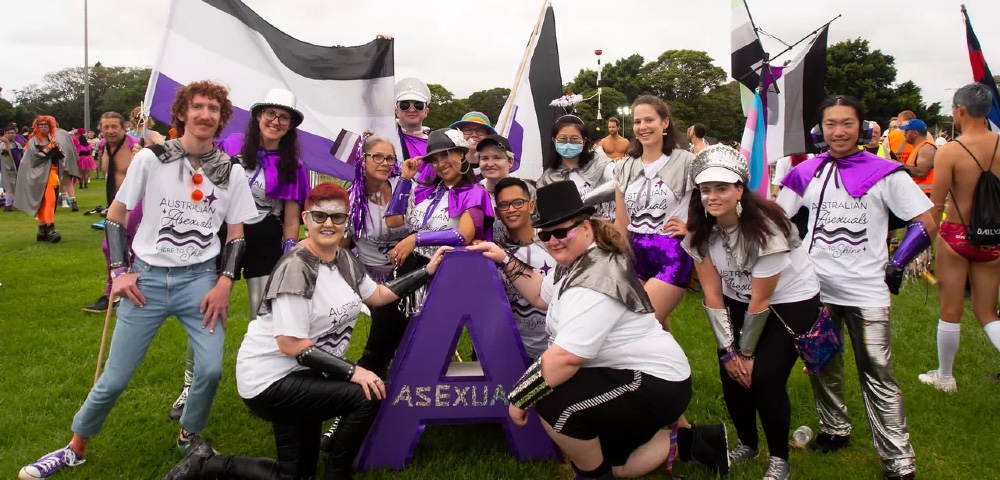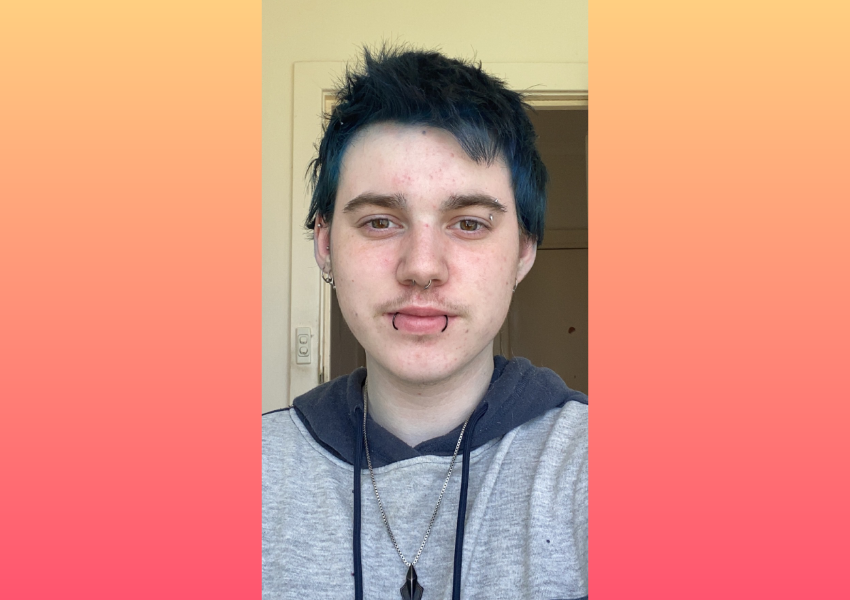
‘It’s not a choice and it’s not celibacy’: asexual advocate speaks at Melbourne conference
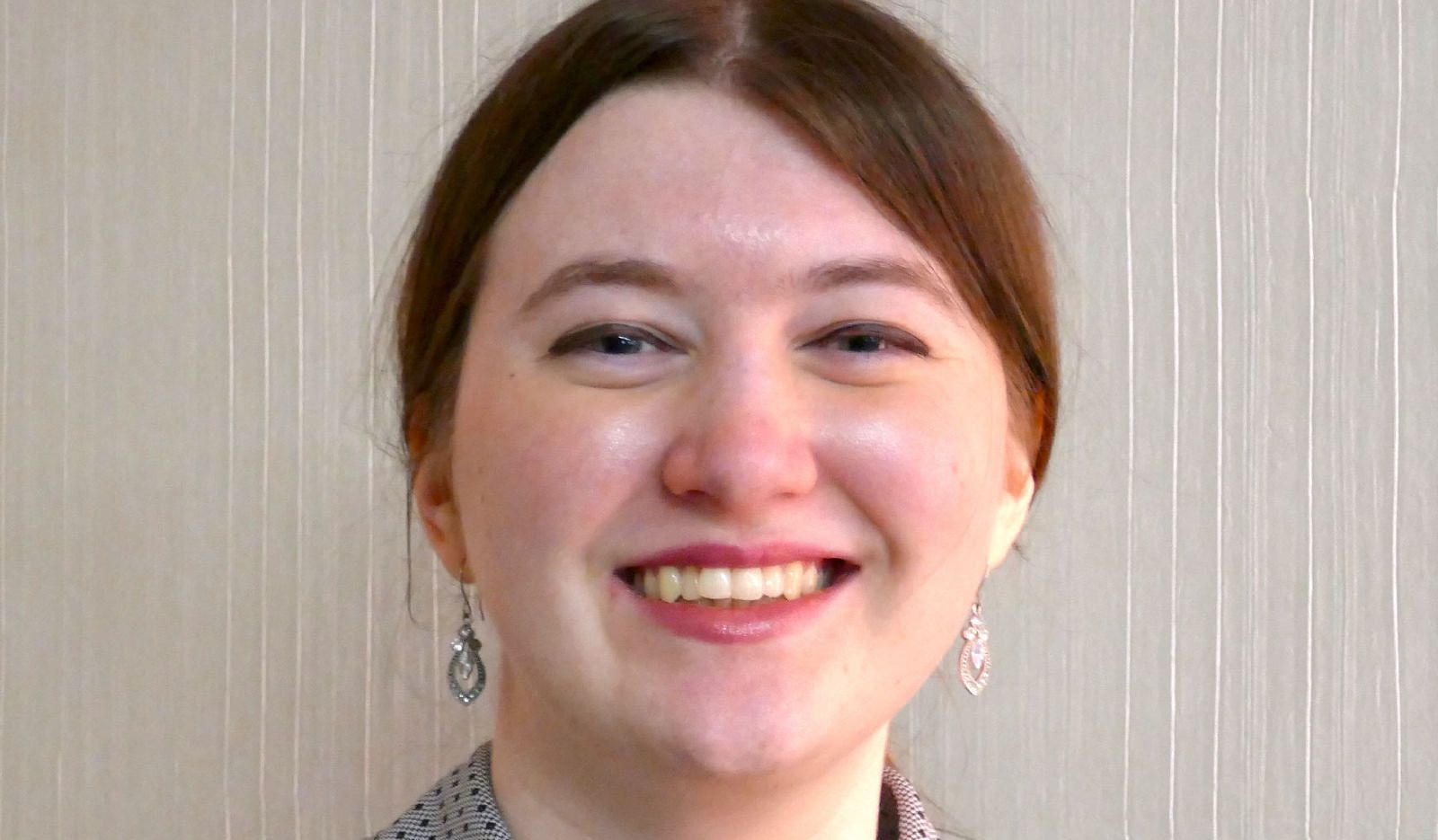
Asexual advocate in Melbourne, Emily Gornalle, explained asexuality at the recent Pride in Diversity conference, detailing what it was like to be asexual in the workplace.
LGBTI is sometimes extended into LGBTIQA+, but not everyone understands all of the letters—asexuality is the A, and it describes people in our community who don’t feel sexual attraction.
“This basically means that I won’t look at someone and say ‘Wow, I’m turned on by them”. Just doesn’t happen,” said Gornalle.
“It’s like not being hungry. Asexuals still have the ability to eat food… but we don’t feel hunger.
“For those of you who are tech heads, this might make more sense: the hardware operates; there just aren’t any drivers for it.”
Gornalle dispelled some myths about asexuality, noting that sexual attraction and sexual behaviour are not the same thing.
“It’s not a choice, and it’s not celibacy,” she said.
“Asexuality is not being hungry. Celibacy is being on a diet. Abstinence is waiting for the right chef to make your food.”
Gornalle said asexuals are often wrongly thought of as just “late bloomers” or even mentally ill, but these are also misconceptions.
She said the number of people who are asexual, or ace, in the community is significant.
“Early studies have placed the percentage of the population at about 1 per cent, but these are early studies when visibility was even worse than it is now, so my gut feeling is that the rate is higher,” she said.
“Try to think of a bell curve—most of the population falls into average middle. Some peopleto the right experience the rate of sexual attraction more frequently. And down here on the left are the ones who experience it little to none. That’s us.”
Gornalle explained that romantic attraction is different to sexual attraction, and many asexuals have romantic relationships.
“It’s all the other stuff that comes in a relationship: the emotional intimacy, not the physical intimacy,” she said.
“Aces have relationships the same way that others have relationships: with open communication, with trust, with bad jokes at three in the morning and bribing each other to do the dishes.
“Some aces are willing to have sex with their partner, some aren’t. It all comes down to communication.”
Gornalle said some asexuals are drawn to a particular gender—they may be homoromantic, for example, meaning attracted to the same gender but not sexually.
She called on the community to be more inclusive of diverse identities, including asexuality.
“Be inclusive. Add asexual to your list of options and try to include it in the acronym,” she said.
“We don’t need special treatment but we do need to be recognised as existing.”
